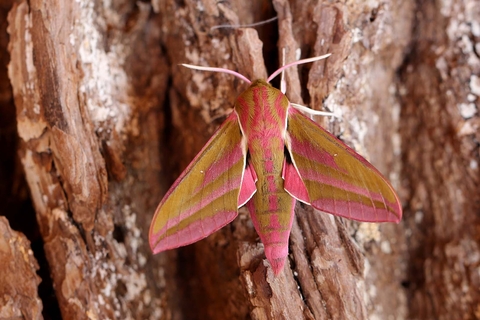A strange beast - not a bee - came and fluttered around our garden this afternoon. I think it might have been a humming bird hawk moth.
If it comes again I'll try to photograph it. To me it looked as though it was flying backwards!
If it comes again I'll try to photograph it. To me it looked as though it was flying backwards!





Comment